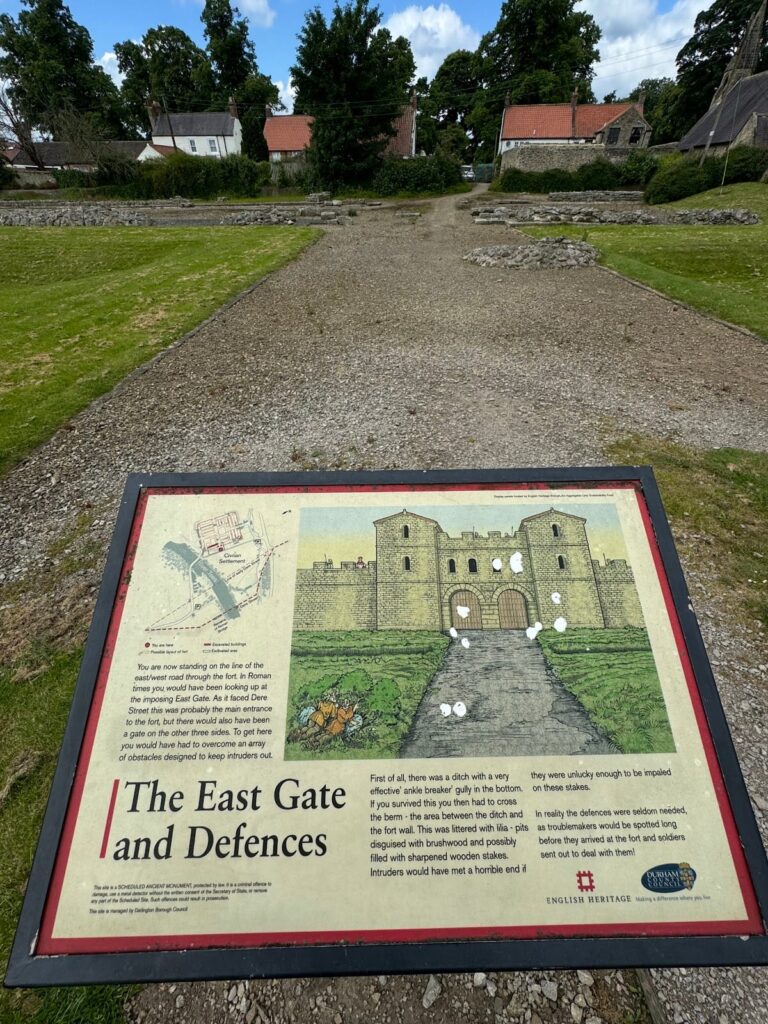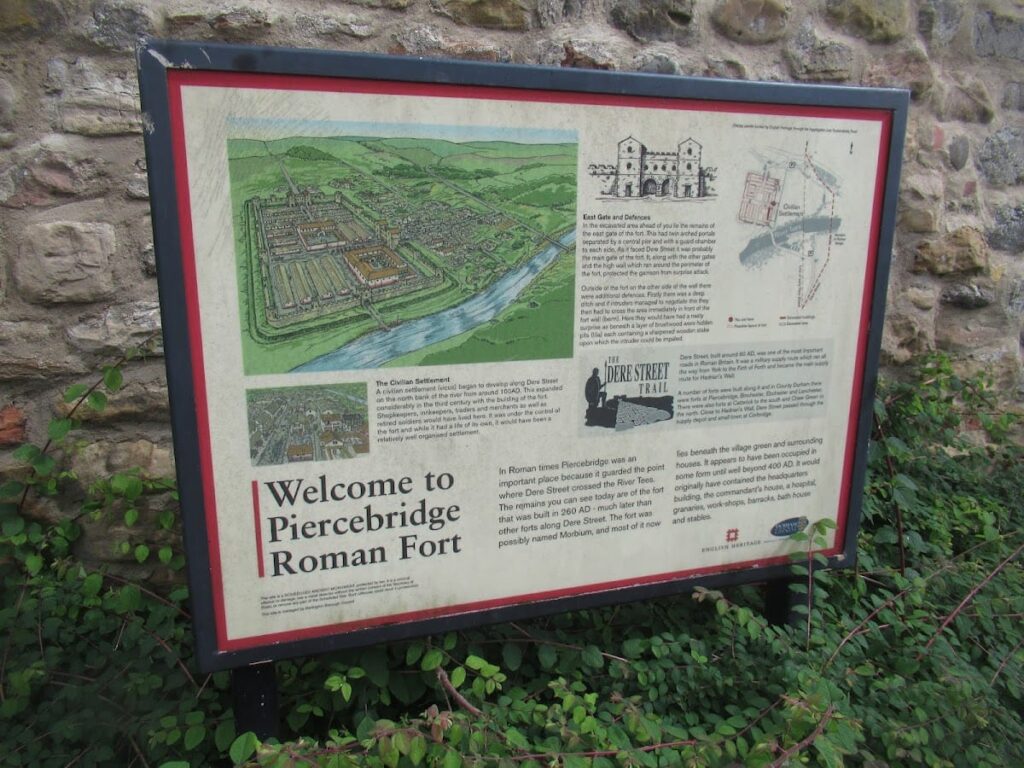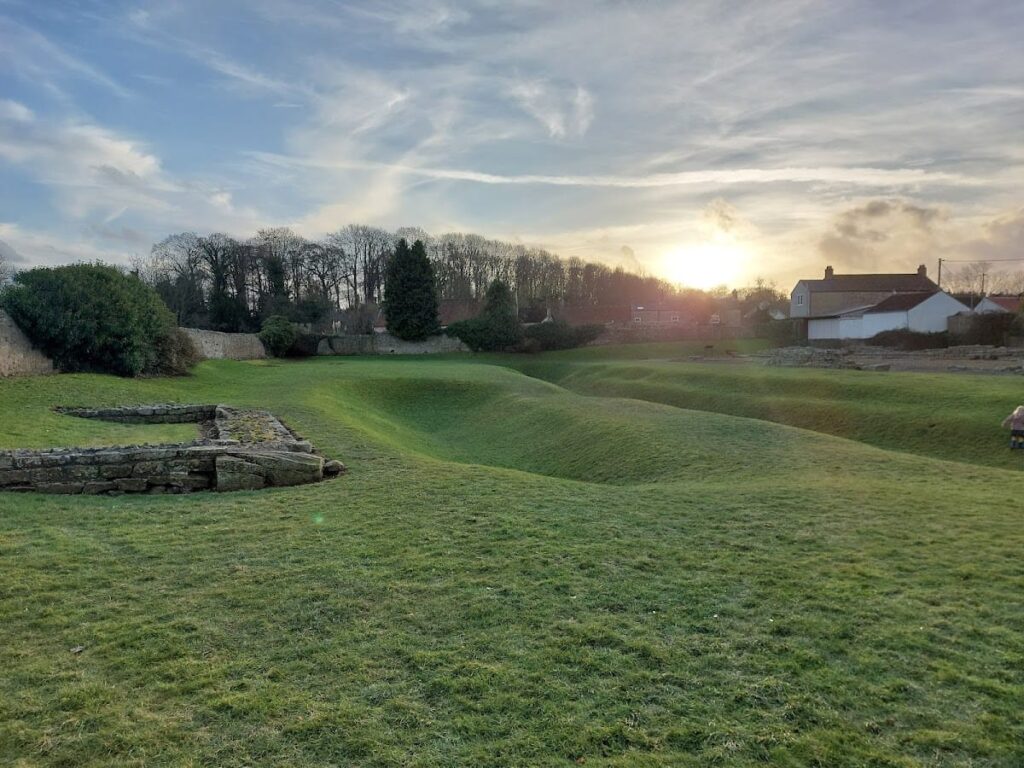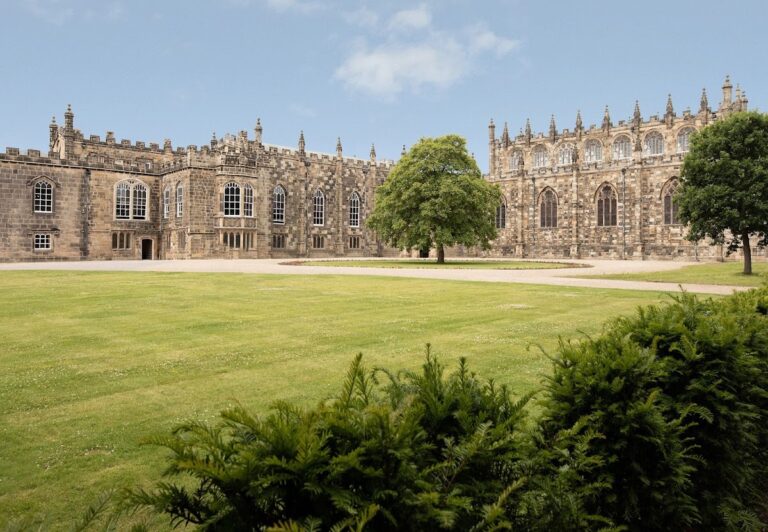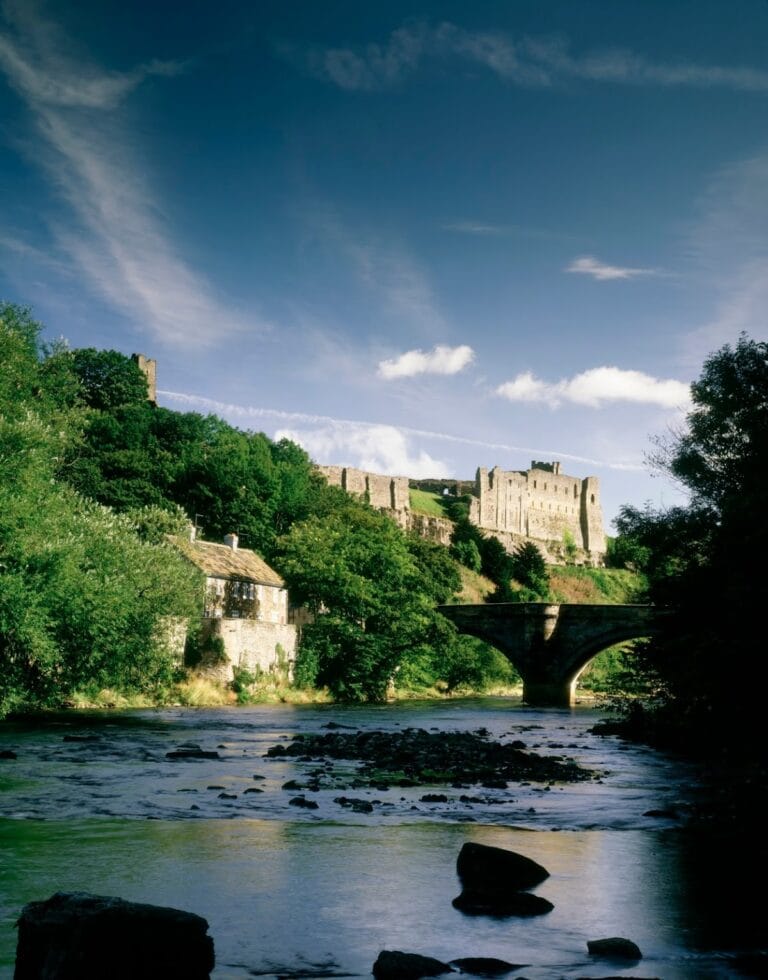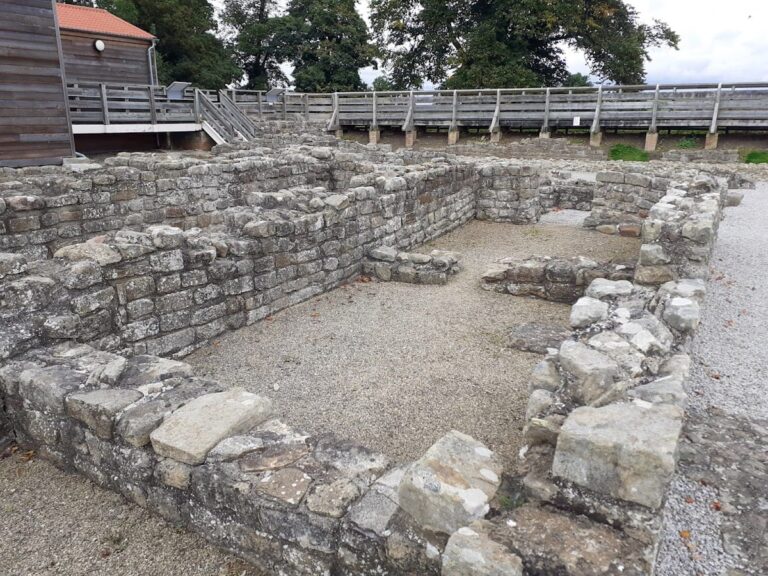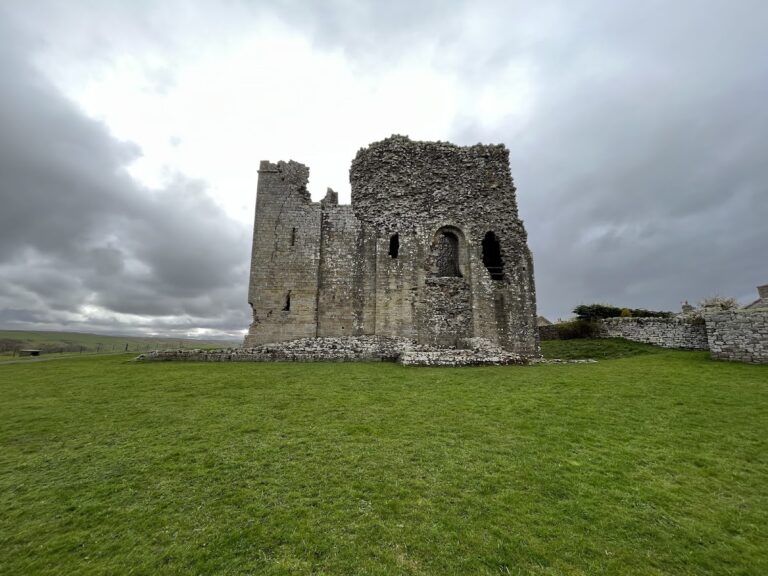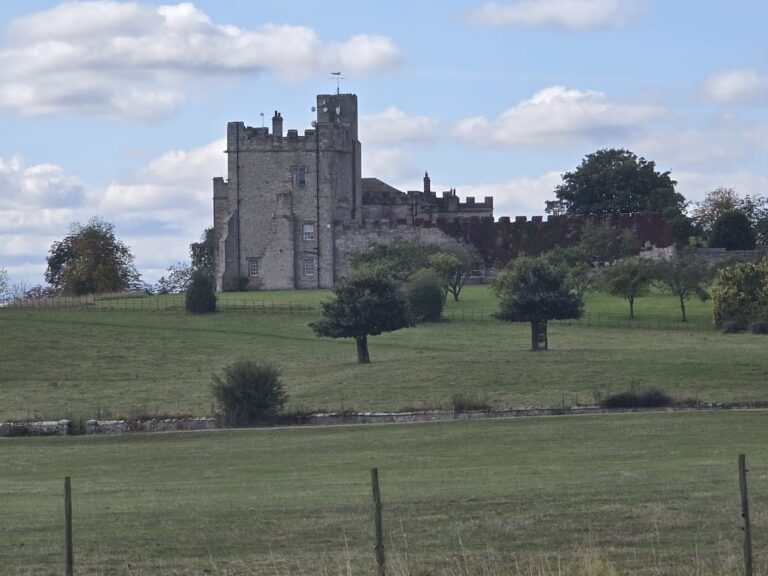Piercebridge Roman Fort: A Roman Military Site in County Durham, England
Visitor Information
Google Rating: 4.3
Popularity: Low
Google Maps: View on Google Maps
Country: United Kingdom
Civilization: Roman
Remains: Military
History
Piercebridge Roman Fort stands in the village of Piercebridge, County Durham, England, beside the River Tees. It was established by the Romans around AD 70 to secure a major Roman road connecting York to northern Britain. The fort controlled the river crossing and the bridge over the Tees, serving as a strategic military and logistical point in the region.
The fort’s Roman name remains uncertain. Possible identifications include Morbium, mentioned in the 4th-century Notitia Dignitatum, and Bremesio, referenced in the mid-1st century Vindolanda Tablets. An earlier theory linking the site to Magis is now generally dismissed. Piercebridge was the southernmost of four forts along Dere Street in County Durham, alongside Binchester, Lanchester, and Ebchester.
From the 1st century onward, a civilian settlement, or vicus, developed east of the fort. This community supported the fort’s garrison and lasted into the early 5th century. Additional vici and a Roman villa existed south of the river at Cliffe and Holme House, indicating a broader Roman presence in the area.
Between 260 and 270 AD, the fort’s visible stone defenses were constructed. This period saw the decline of other local Roman settlements, but Piercebridge remained occupied. The fort continued in use until about 350 AD, after which the population concentrated within the fort’s walls. Evidence suggests the site may have been inhabited into the 6th century, beyond the traditional end of Roman Britain.
Inscriptions found at Piercebridge record the presence of three Roman legions: Legio II Augusta, Legio VI Victrix, and Legio XXII Primigenia. These inscriptions also reveal worship of Roman gods Jupiter and Mars, reflecting the religious practices of the garrison. The fort’s military role and religious life are thus well documented.
The Roman bath house associated with the fort remained standing into the 13th century. It was incorporated into St Mary’s chapel, which is now a Grade II* listed building and scheduled monument. Additionally, Roman worked stones from Piercebridge were reused in the 19th-century St Mary’s church at Gainford, showing the continued use of Roman materials in later periods.
Remains
Piercebridge Roman Fort follows a typical Roman military design with a rectangular layout, four gates, and corner towers. The fort covers about 11 acres (45,000 square meters). Much of the site lies beneath later buildings, but earthworks on the north and west sides remain visible and have been partially excavated.
Defensive features include original rectangular pits located between the fort’s wall and outer ditch. These pits, along with obstacle pits and camouflaged man-traps containing pointed wooden stakes, were designed to hinder attackers. These traps are rare and highlight the fort’s defensive measures.
On the eastern side, remains include parts of the east gate, sections of the wall defenses, a courtyard building, and an internal road. A preserved section of the eastern wall is open to the public. Outside the fort wall runs a road with a drain or culvert, indicating careful water management.
Near this road lies the commander’s substantial house, built on river pebbles. This building had its own bath house located at the north of the site. Although on private land, the bath house remains visible over a fence.
The Roman bath house for the garrison is situated outside the fort’s southeast corner. Part of its wall, including a rounded arched doorway, still stands. This bath house was in use long after the Roman period, incorporated into medieval structures.
The remains of a Roman bridge over the River Tees include a south abutment and four piers, according to a 2005 study. Some archaeologists suggest these remains might be a dam and spillway instead. If confirmed as a bridge, it would be one of only two surviving Roman bridges in Britain.
Artifacts recovered from the site are numerous and varied. They include a large worked Roman stone, possibly from the bridge, a bronze figure of a ploughman with oxen now held by the British Museum, early 4th-century Roman coins, kilns, pottery, and evidence of metalworking. A carved stone altar, burials with gravestones and a lead coffin, a small lead goat figurine, and a hairpin have also been found.
Over two decades, specialists have cataloged artifacts recovered from the River Tees near the fort. These finds are displayed at the Bowes Museum in Barnard Castle, preserving the material culture of Piercebridge’s Roman past.


